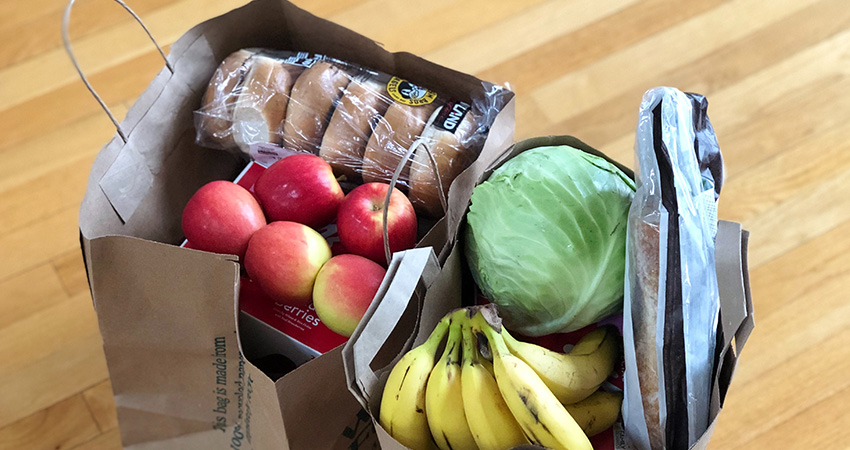E-grocery was predicted to continue rocketing, but has pulled back steadily since stores reopened (credit: Maria Lin Kim on Unsplash)
Two separate reports paint a portrait of the once-robust e-grocery market continuing to face challenges, one that has never been the same since the pandemic lockdowns lifted and consumers returned to physical stores en masse for everyday essentials. It goes against rosy predictions of hockey-stick growth, even though gains have mostly held.
According to a report from SymphonyAI Retail CPG, a surprising 52% of e-grocery shoppers in Europe and the U.S. left the channel in the past year, with 60% of them abandoning their retailer of choice altogether.
And a monthly report from Mercatus and Brick Meets Click showed U.S. e-grocery sales hit $7.1 billion in June, down 1.2% from the same period a year ago. While monthly active users were up 1% and AOV gained 3%, it was no match for a 5% decline in average orders completed during the month. For the first six months of 2023, U.S. e-grocery sales were down 1.8% vs. last year. The report was based on a survey of 1,769 adults on June 29-30.
Similarly, SymphonyIRI’s research showed e-grocery revenue growth was only down 1% in Q1, but there was a 14% net decline in the total number of online shoppers. The report drew from data based on 58 million ecommerce baskets.
“The overall decline in online customers and their impact on ecommerce growth is significant,” said Laetitia Berthier, head of client engagement for SymphonyAI Retail CPG in a release. “Contrary to expectations, the losses are coming not from shoppers who were forced online during the height of the pandemic, but rather those shoppers who had moved online after the pandemic.”
Within e-grocery in the U.S., the pickup segment is still seeing growth, Mercatus/Brick Meets Click reported, with sales up 3.2%, accounting for nearly a 50% share of the sector, and AOV dropping just .4%. The more expensive home delivery option has been dropping, down 2.5% with a share under 35%, even though AOV was up 7%.
“To elevate customer engagement, regional grocers need to improve the perceived value associated with the online shopping experience,” said Sylvain Perrier, president and CEO of Mercatus. Among his suggestions for improvement: personalized recommendations and rewards and optimizing platform usability to reduce friction.
Both reports have shown that omnichannel shoppers, those buying online and in store, are higher-value customers than those using one or the other. SymphonyIRI data showed that former store-only shoppers when went omnichannel provided a 15%-18% lift in incremental sales over the last three years, with a basket size that’s 9% higher.

